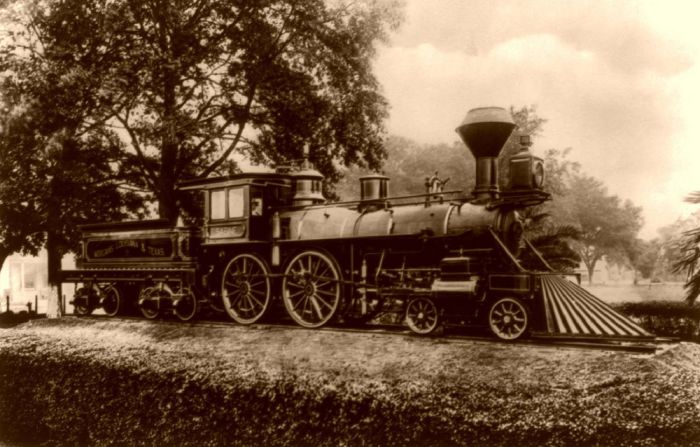|
|
History: Rail Transportation In The United States
|
Fogel's specific hypothesis is that the primary effect of the invention of the railroad was the resulting social savings from converting from a system based in water and wagon transport to one which used railroads. Switching to railroads served as a means of reducing not only the cost but also the time of transportation, which had important subsequent opportunity cost implications as well. Fogel calculated railroads produced increased social savings of about 1.2% of the total gross domestic product (GDP), noting the unique efficiency of the railroad lies in that it can be operated in any weather condition throughout the year. Specifically, one industry in which savings were significantly large was the shipping of agricultural commodities inter-regionally. Fogel calculates that the absence of the railroad would have "doubled the cost of shipping agricultural commodities inter-regionally."
Much of the actual capital came from Europe—especially Britain and also Dutch and German banks, which purchased large blocks of shares. The Northern Pacific for example, originally financed by Jay Cooke (his bank failed after the Panic of 1873), might not have survived some of its many setbacks without the help of Deutsche Bank. DB held $20 million in NP bonds in 1883, and it was on the road's board until World War I.
- Railroad mileage increase by groups of states
New England - 2,507 - 3,660 - 4,494 - 5,982 - 6,831
|
|









